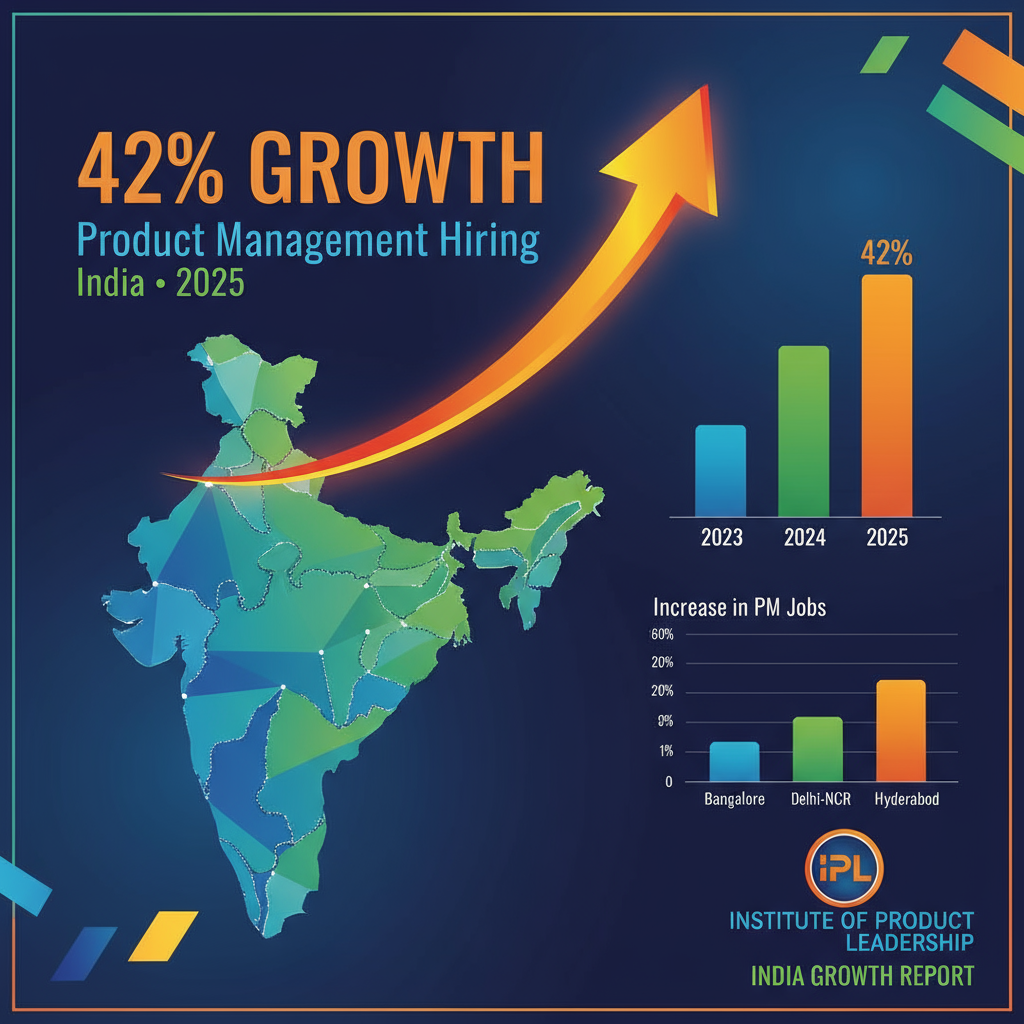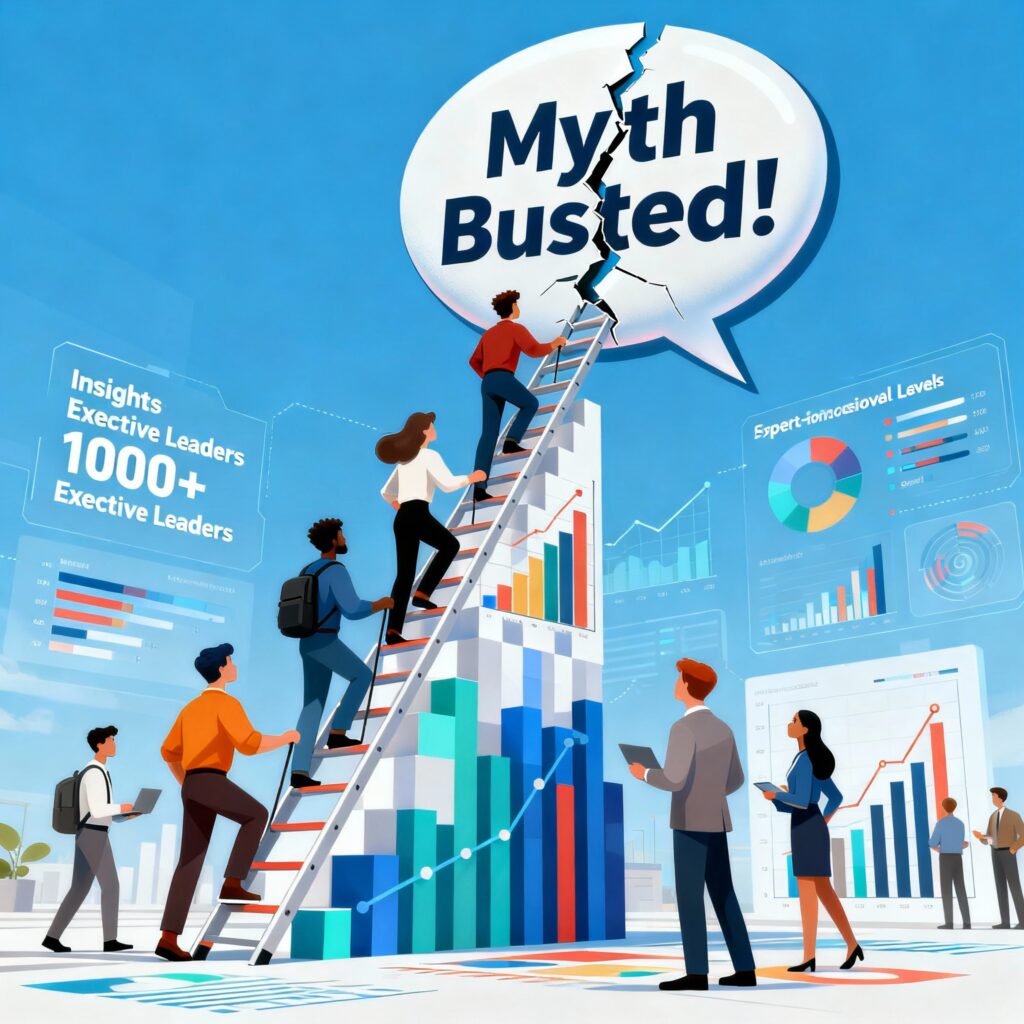What defines exceptional CEOs, especially in the context of technology, product, software, and internet-driven businesses, is a critical question. These businesses, often encapsulated in the acronym ‘FANGs’ (Facebook, Apple, Amazon, Netflix, and Google), which collectively generate a significant portion of S&P 500 profits, provide a unique backdrop. Over time, the lines between these tech giants and traditional companies, such as GE and Ford, are becoming increasingly blurred, as exemplified by Tesla’s evolution.
From my perspective, grounded in an entrepreneurial mindset, the role of a CEO in these contexts can be distilled into several key elements:
1. Financial Acumen: The CEO must possess a deep proficiency in financial matters. This includes managing and analyzing financial numbers, ensuring a healthy cash flow, and securing financial resources, whether through investor relations or revenue generation from customers. In essence, it’s about sound financial stewardship.
2. Execution and Product Delivery: Central to the CEO’s role is the execution of the company’s strategy. This entails bringing innovative products and experiences to customers, for which they are willing to pay or investors are willing to invest. It’s the art of making the company’s vision a reality.
3. People Leadership: The heart of any successful organization is its people. CEOs must prioritize cultivating a positive company culture and fostering a people-centric environment. This skill is shared with Product Managers, but the CEO’s role often extends to being the public face of the company. They interact with a wide array of stakeholders, including internal teams, external partners, and government entities, and often participate in public speaking engagements and strategic partnerships.
4. Strategic Vision: CEOs must possess the unique ability to navigate both the granular details and the broader strategic landscape. This means zooming in to address specific issues while maintaining a holistic perspective to envision the bigger picture, the forest, and the trees, as it were.
Let’s dive deeper in the form of three key pillars:
1. Zoom in and Zoom Out: Ability to paint the vision & execute the minutiae.
The capacity to both envision a compelling, often unprecedented future and effectively execute the intricate details required to realize that vision. It’s about being able to paint a captivating picture of a world that goes beyond conventional imagination while also diving deep into specifics. As one saying goes, great managerial CEOs set and hit targets that are clear and understandable to everyone, while outstanding entrepreneurial CEOs and Product Managers achieve targets that are beyond the realm of ordinary comprehension – like savoring a molecular gastronomy dish that defies the ordinary.
2. People Leader and Manager: The ability to organize, inspire, and drive results through people. Unlike the role of Product Manager, which often resembles that of a soccer midfielder or an orchestra conductor, the CEO’s role necessitates actively managing individuals. This entails leading, motivating, challenging, assisting, and even making tough decisions such as performance improvements, terminations, hiring, and onboarding. Proficiency in people skills is indispensable for CEOs, and it’s worth noting that not all Product Managers or engineers naturally excel in this area.
3. Customers and Capital: Successful CEOs and Product Managers are adept at managing three vital aspects – Customers, Cash Flow, and Investors. They have the skills to nurture strong customer relationships, ensure a healthy cash flow, and effectively engage with and manage investors. These are the three pillars upon which the success of any business or product vision is built.
These are the three cornerstones of their effectiveness in their respective roles, manage people manage capital, and be able to paint the vision and then deliver to that vision.




